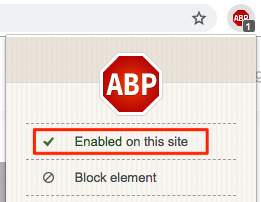Hepato-biliary and pancreaticLive SurgeryVideo Gallery
Robot-Assisted Bilio-Enteric Anastomosis
P.C. Giulianotti
SUMMARY: The pneumoperitoneum is induced with the Verres needle.
The abdominal exploration does not show carcinomatosis and liver metastases. An extensive adhesiolysis till complete exposition of the hepatic hilum is carried out laparoscopically and robotically. Identification and preparation of the jejuanl limb anastomosed with the pancreas and the common bile duct (the patient has undergone a Whipple procedure and developed a biliary stenosis). The bilio-enteric anastomosis is taken down and sent for frozen section (negative for malignancy).
The termino-laterl hepaticojejunostomy is completed with PDS 4.0 – posterior running and anterior interrupted suture -.
Live SurgeryUpper GIVideo Gallery
Robotic Subtotal Gastrectomy
A. Coratti
SUMMARY: The procedure starts with minimally invasive technique.
The abdominal cavity exploration doesn't reveal ascites
Hepato-biliary and pancreaticVideo Gallery
Chicago 2009 Video – Robotic-Assisted Laparoscopic Anatomic Left Hepatectomy and Caudate Segmentectomy Roux-en-y Hepaticojejunostomy for Radical Resection of Hilary Cholangiocarcinoma (the First Case in China)
W.B Ji
Background/Hypothesis
Laparoscopic hepatectomy has been reported extensively in the literature. However hilar cholangiocarcinoma still remains contraindication for laparoscopic technique due to difficult radical excision and hepaticoenterostomy. At present
Hepato-biliary and pancreaticSurgeon ProfileVideo Gallery
Chicago 2009 Video – Robotic repair of biliary injuries
F. Elli
Background/Hypothesis
Common bile duct (CBD) injuries represent the most important complication of laparoscopic cholecystectomy. A robotic
repair of iatrogenic CBD injury is showed in this video.
Materials & Methods
A 20 year old patient underwent a laparoscopic cholecystectomy for symptomatic gallstones and discharged home the same
day. She returned to the hospital 48 hours after surgery complaining
of abdominal pain. A CT scan performed showed a large abdominal fluid collection compatible with a biloma. An ERCP
showed an interruption of the bile duct with contrast extravasation.







